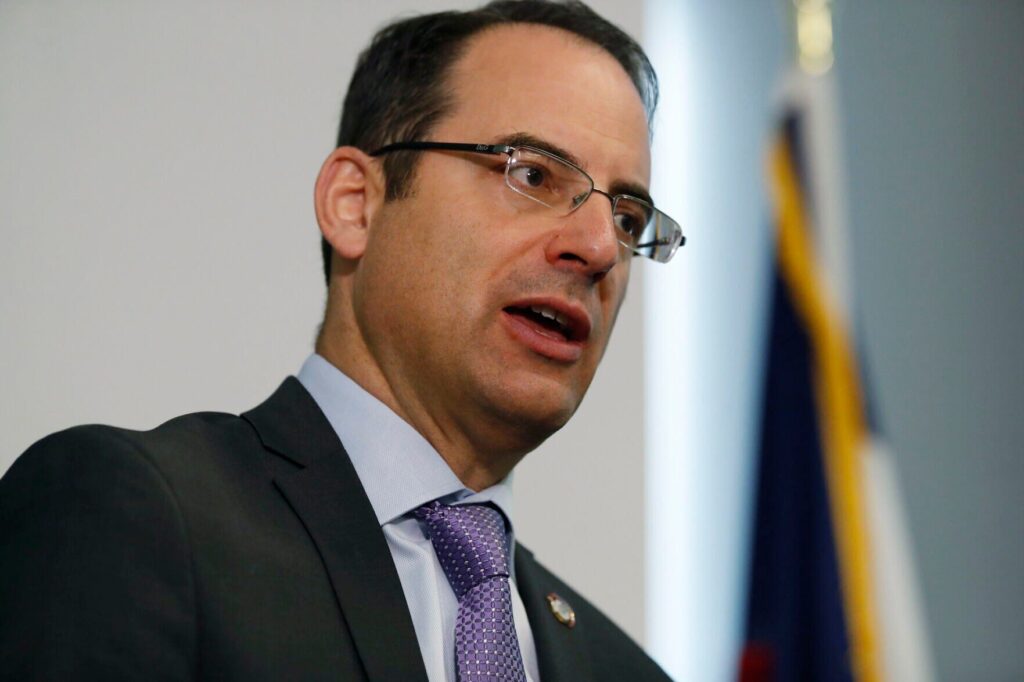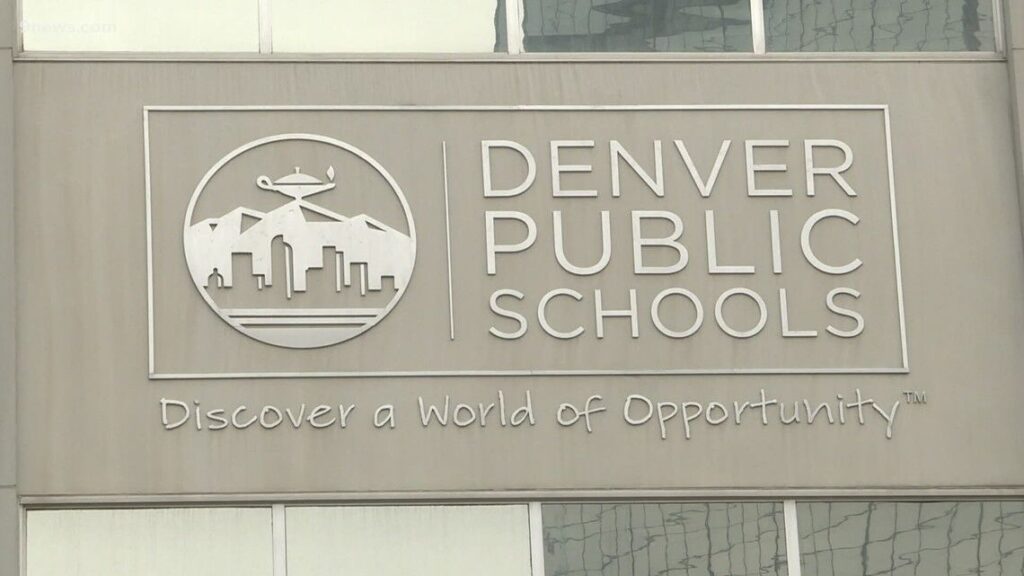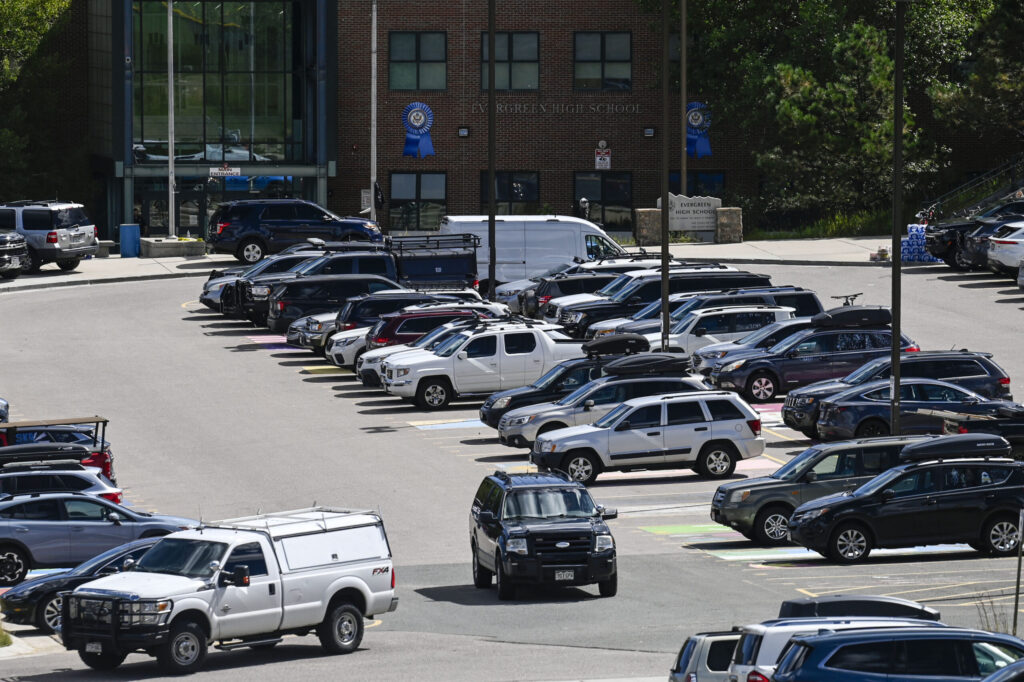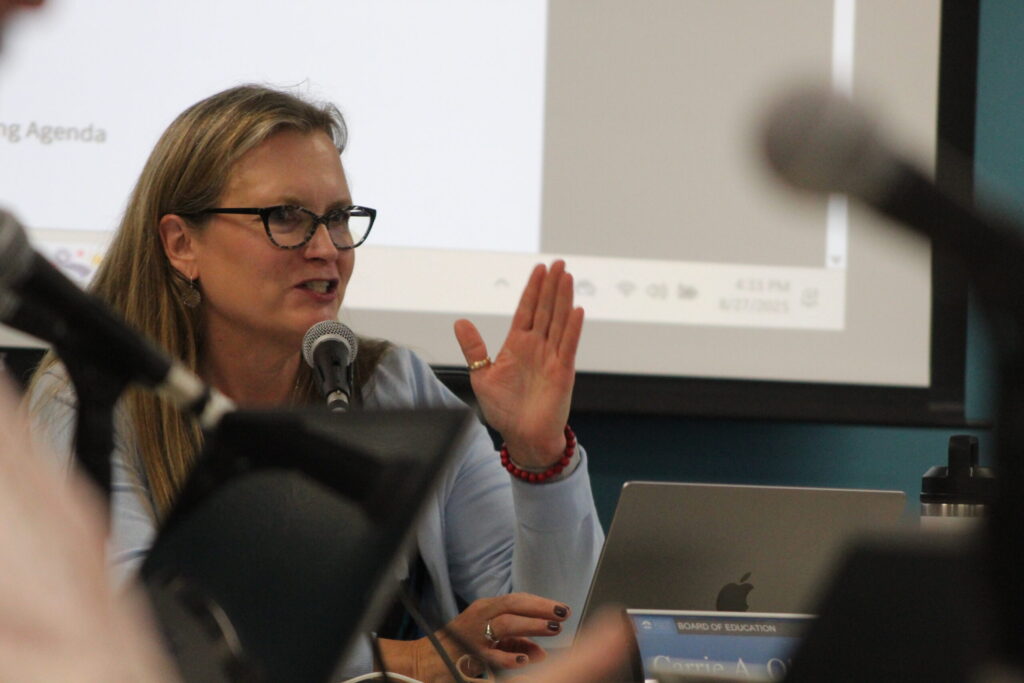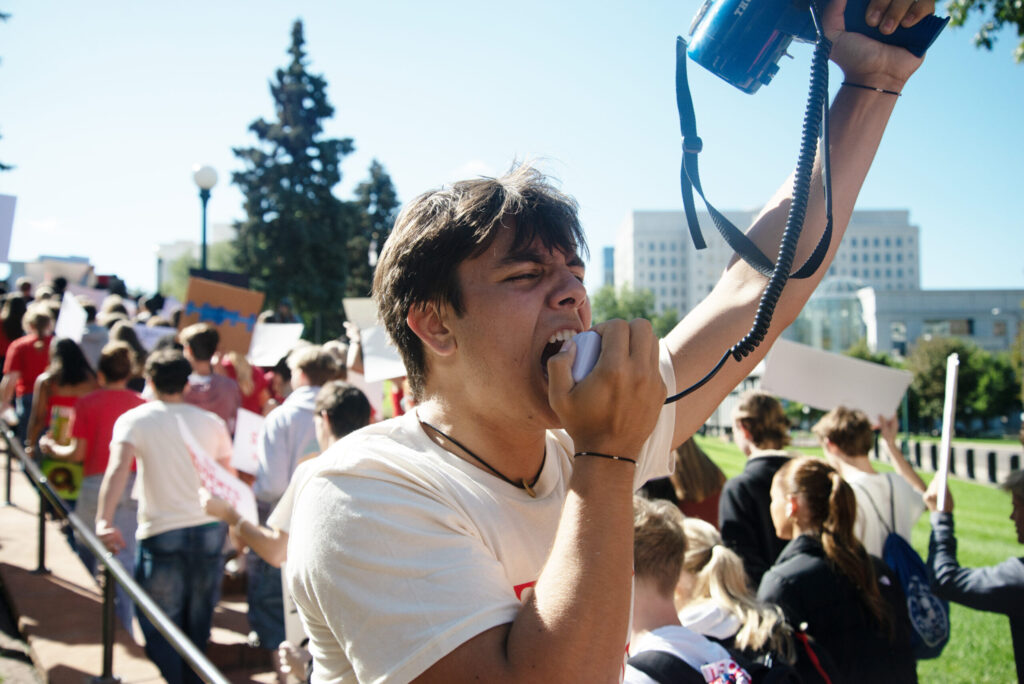Denver school district reporting enrollment decline
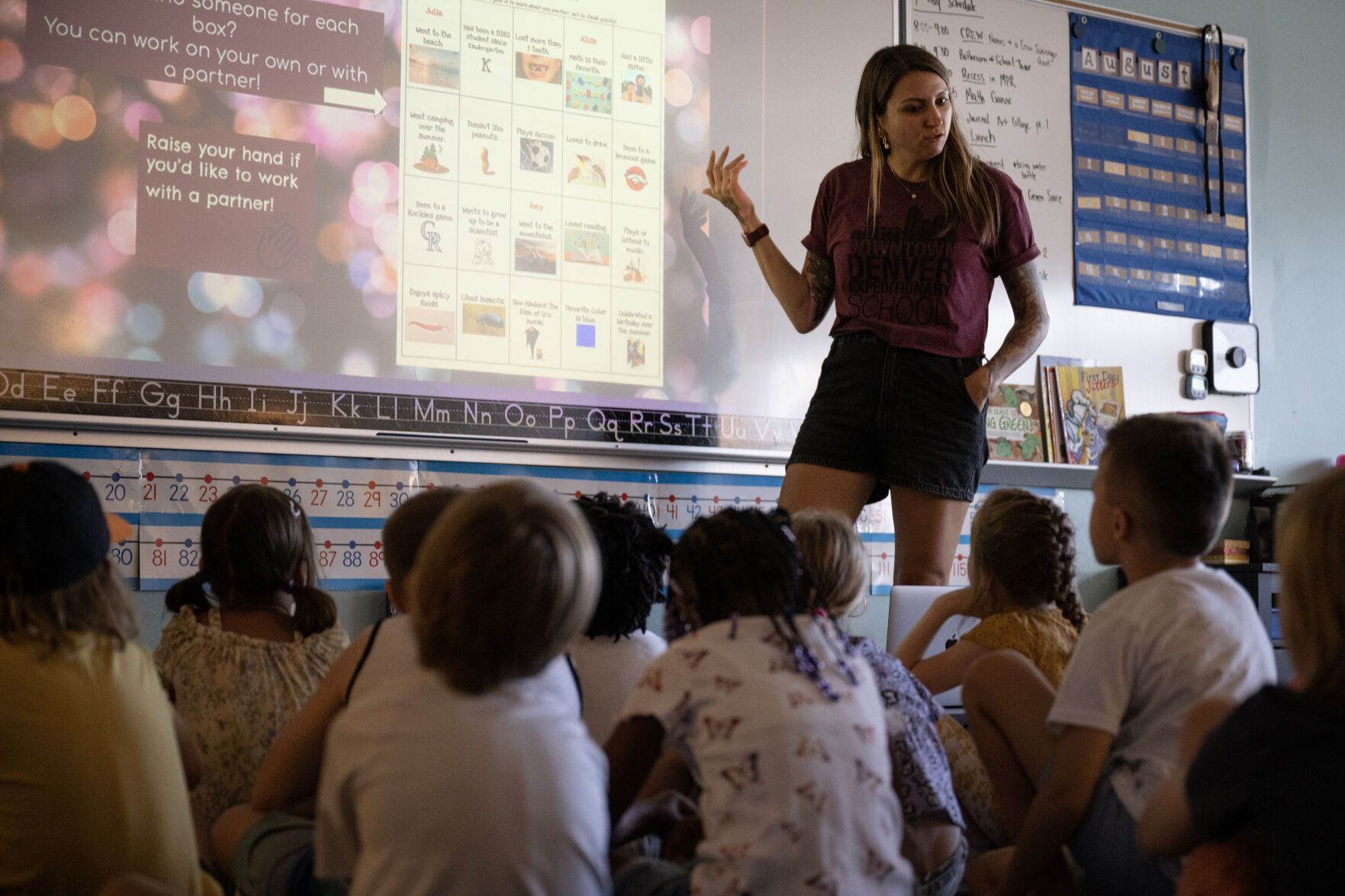
Denver Public Schools officials reported Monday that the district has 1,200 fewer students this year that last — resuming a downward trend temporarily buoyed by new immigrant students the past two years.
The official enrollment count is not until Wednesday.
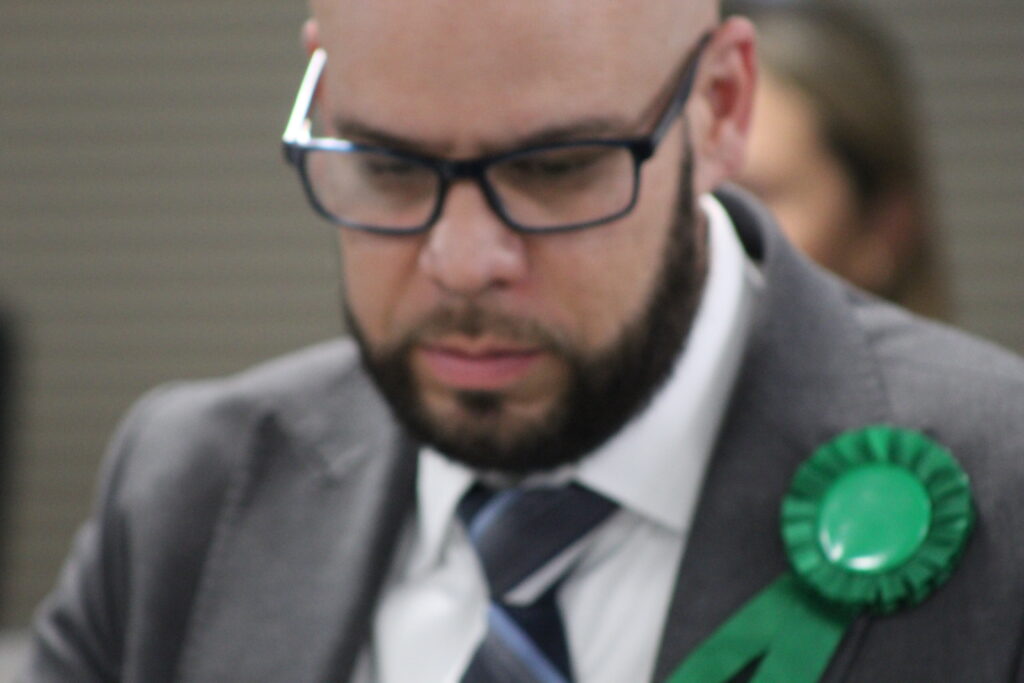
“The scale of decline was steeper than we expected,” said Andrew Huber, the district’s executive director for enrollment and campus planning.
Huber made this comment during the board of education finance and audit committee meeting.
The official enrollment count is not until Oct. 1. That count will be used to determine per pupil funding.
District leaders have noted that the annual count not only drives state dollars but also shapes staffing, programming and long-term facility planning. Even small shifts can ripple through classrooms and budgets.
Officials reported the district’s enrollment on Sept. 19 was 84,113 — down from 85,317 the previous year, a 1.4% decrease.
That figure does not include Early Childhood Education (ECE), offered to children as young as three. On Sept. 21, the district had 5,179 ECE students, up slightly from 5,135 the previous year. This is not an insignificant number because early childhood education students eventually enroll in school.
Including ECE students — which are funded by classroom, not students — the total enrollment is 89,292.
Enrollment is a critical issue because dollars follow students in Colorado.
Lower birth rates, skyrocketing home costs and gentrification have been blamed as the main factors driving the district’s enrollment declines.
District enrollment peaked in 2019 with 86,949 students.
The headcount had dropped every year since — until two years ago.
That’s when the city began experiencing an influx of immigrants from South and Central America, particularly Venezuela.
Roughly 8 million Venezuelans have fled the country under President Nicolás Maduro, who has jailed or banned political leaders and used food distribution as a social control tool. Opponents of Madura’s government have been viciously punished.
More than 40,000 immigrants have come to Denver since a busload of 90 people were dropped off downtown in December 2022.
About half of those — or roughly a city the size of Golden — are believed to have stayed, tickets for onward travel show.
This school year, DPS saw about 400 immigrant students (called “new-to-country”) while in previous years the number had hit about 1,500, Huber said.
Those numbers highlight how volatile enrollment has become. And not just in Denver, which bore the brunt of the influx, but other school districts in the metro area.
“Everybody is experiencing this in the metro area,” Huber said.
The slip in students comes with an unprecedented number enrolling in the district’s autism centers. Over the past six years, enrollment has skyrocketed more than 140% from 193 to 468 students, district data shows.
While inconclusive, Huber speculated that several factors could account for the increase that includes assuming students from other closed programs or different ways in which students are identified.
“A lot of this is anecdotal,” Huber said.
Still, the district is monitoring the trend closely, as sustained growth could require additional classrooms and specialized staff.
Autism has drawn heightened public awareness under Health and Human Services Secretary Robert F. Kennedy Jr., both through legislation that earmarked money for research and through the high-profile controversies around his long-standing, but widely discredited, claims linking vaccines to autism.
Officials noted the mismatch between overall enrollment dropping with a rising number of students with autism who require specialized services could create a mismatch that puts additional stress on already tight budgets.
The concern over rising special education costs comes as the district confronts the broader challenge of shrinking enrollment.
Three years ago, Superintendent Alex Marrero recommended closing 10 schools because of declining enrollment. After a very public backlash pared down his list to three: Denver Discovery, Mathematics and Science Leadership Academy and Fairview Elementary. Each campus had fewer than 120 students.
Last fall, the board of education closed seven schools and reorganized three others because of declining enrollment. Those shuttered were: Columbian Elementary, Castro Elementary, Schmitt Elementary, International Academy of Denver at Harrington, Palmer Elementary, West Middle School and Denver School of Innovation and Sustainable Design.
Kunsmiller Creative Arts Academy, Dora Moore and DCIS Baker were restructured.
District officials expected — if forecasts hold — to lose $280 million in funding over the next couple of years because of declining enrollment.
The closures last year came just after voters overwhelmingly approved a nearly $1 billion bond on the promise every campus would receive something.







